Questions and answers about the Montenegro tourism, food (Montenegrin cuisine) and culture from the Google search queries. What people mostly ask Google about Montengro.

Is Montenegro in the eu?
Montenegro is member candidate for joining EU. Still not but soon will be.
Are Montenegro borders open?
Good question! The borders are open and closed following the rules of the national health and crises center.
Can you drink the tap water?
Yes! No worries even you are from Vienna 🙂
Where to stay in Montenegro? Short-term vacation rentals
We offer you a stay in the studio apartments, 2minute walking from the beach in the peacfull area but close to the city center in Djenovici.

Where can Montenegro be found?
Montenegro is located in the west-central Balkans at the southern end of the Dinaric Alps. It is bounded by the Adriatic Sea on the south.
Can i enter Montenegro with schengen visa?
Foreigners holding a valid Schengen Visa can enter, transit and stay in the territory of the Republic of Montenegro without needing to show a Montenegrian visa. The allowed period of stay to this category is maximum 30 DAYS upon every entry per period of 180 DAYS
Can you visit Montenegro from Dubrovnik?
Yes. There is a bus line or you can go by car, bike, motor bike,…
Montenegro do they speak English?
Most of the people do speak English. No worries you will never hit the language barrier wall in Montenegro.
To do Montenegro!?
In Montenegro you can enjoy the mountains and sea at the same very day.

Must do Montenegro!
Walk the nature, do sport, relax, Eat, talk, drive, and Enjoy!
Does montenegro use the euro?
Montenegro currency is exclusively Euro.
Does Montenegro have an airport?
In Montenegro there are two airports: Podgorica and Tivat.
Does Montenegro have sandy beaches?
Montenegro is Listed one of the Mediterranean countries. Sandy and stony beaches are present.
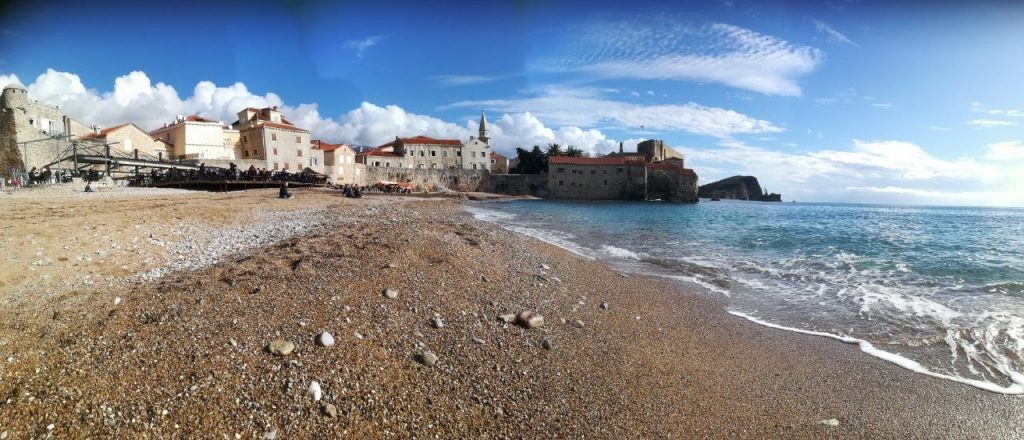
Montenegro how expensive?
Montenegro is not that expensive comparing with the EU standard.
Is montenegro safe?
Montenegro is safe country. Check the facts on the CIA website 🙂
Should i visit Montenegro?
If you like to travel and enjoy the nature, this is THE right place for you.
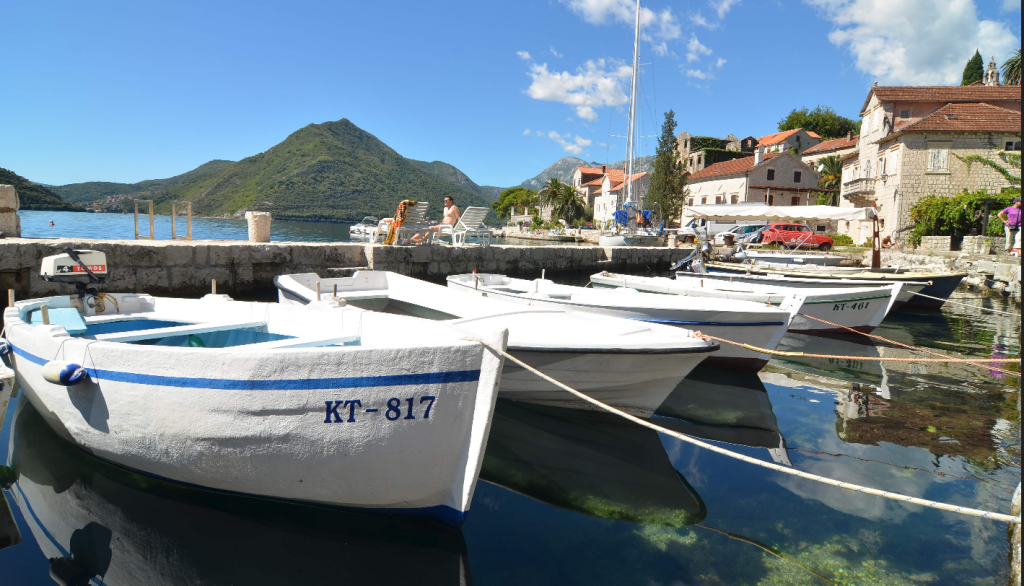
Montenegro what to see?
What to see is Too long list to publish. Start with mountains or the sea.
Adraitic coast line: Ucinj, Bar, Budva, Tivat, Kotor, Herceg Novi
Cetinje with Skadar lake
Podgorica, the capital of Montenegro
Durmitor on the north part. The nature as it is!
And much more.
Adriatic coastline
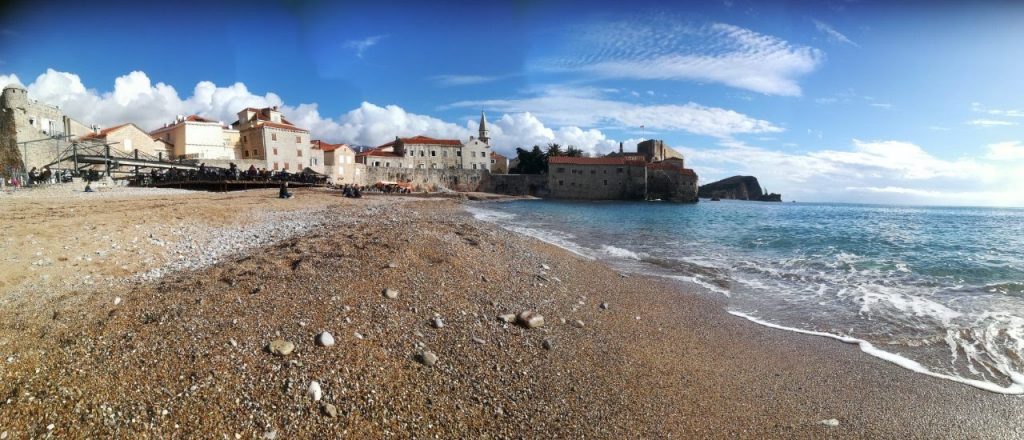
Budva
Old town and sandy beaches.
Old town and sandy beaches.
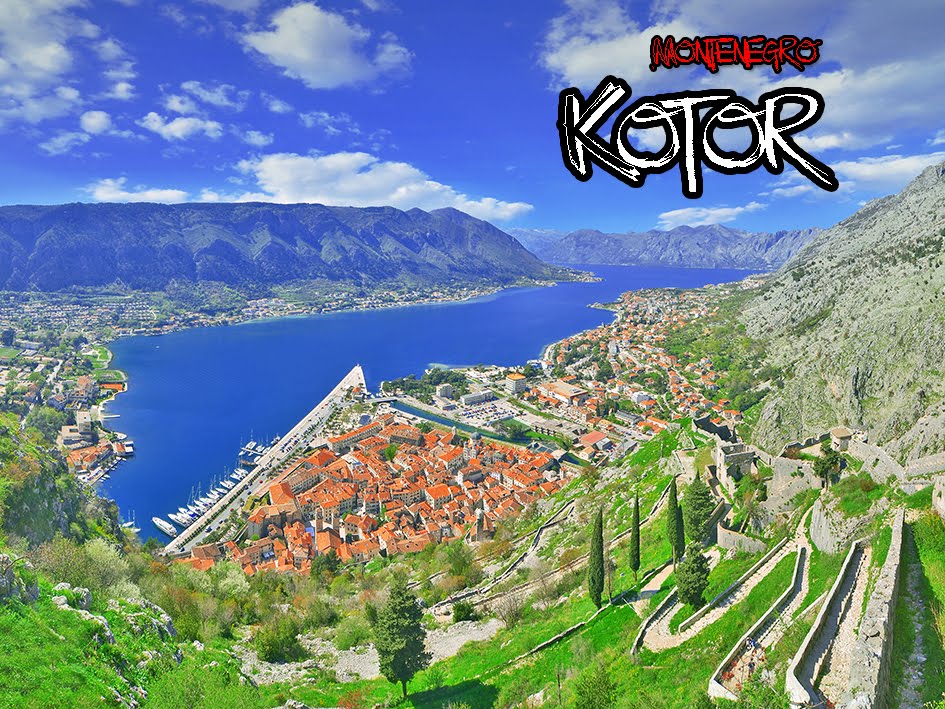
Kotor
Old town
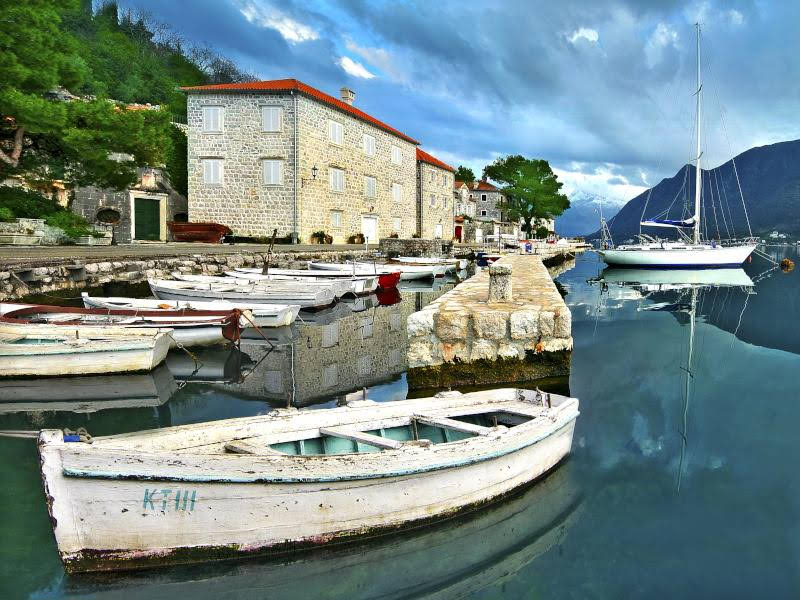
Perast
Old town
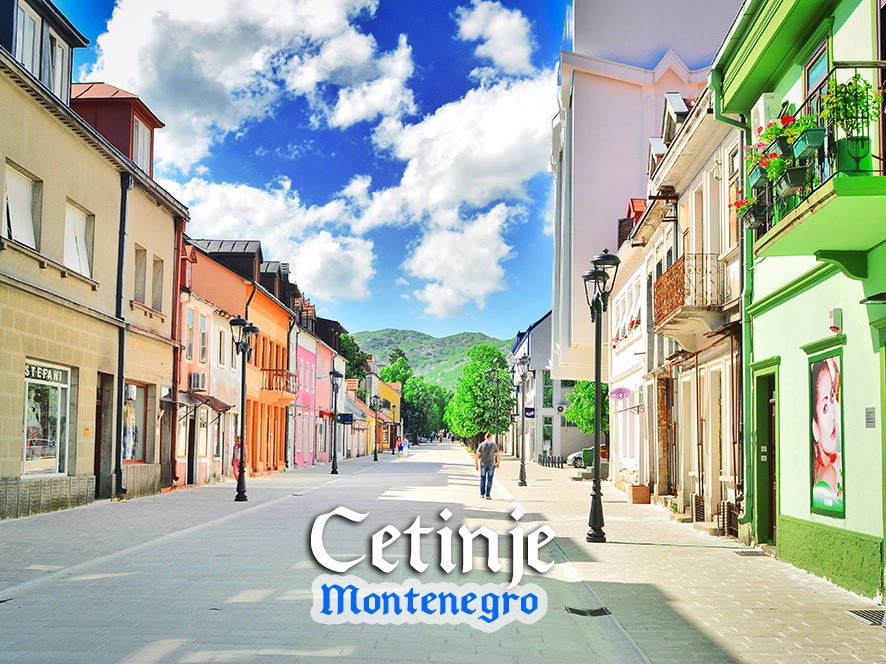
Cetinje
Old town
former royal capital

Podgorica
The Capital city of Montenegro

North
mountains, medieval villages. The nature
Montenegro when to visit?
when is the best time to go? All year long. During the summer is a bit crowded. High season for the tourists is from June- September. Low season is may and September.
Montenegrin cuisine. The most delicious local food in Montenegro
What to eat,drink and ask for in the restaurants or on the local market? Idea for today’s meal
Montenegro is famous about the:
Wines
Olive Oil
Meat products:

Pršut
which is dry-cured ham. Ask for Njeguški pršut. Buy and take as a souvenir 🙂
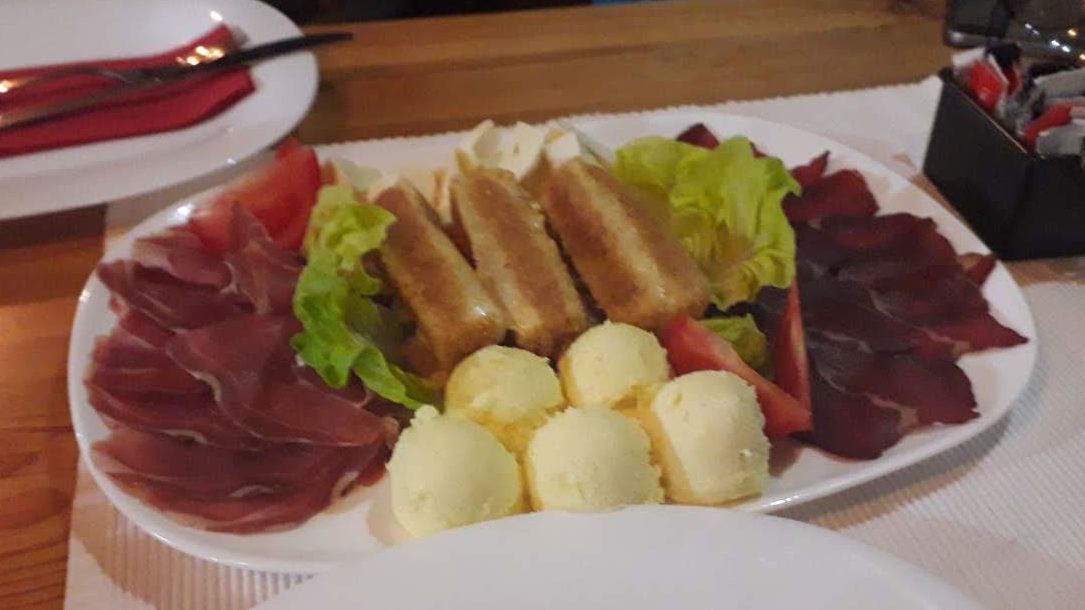
Cheese:
Leafy cheese(Central North region, more specifically, around Kolašin town.)
Cheese from Pljevlja (Pljevaljski cheese)
Bread
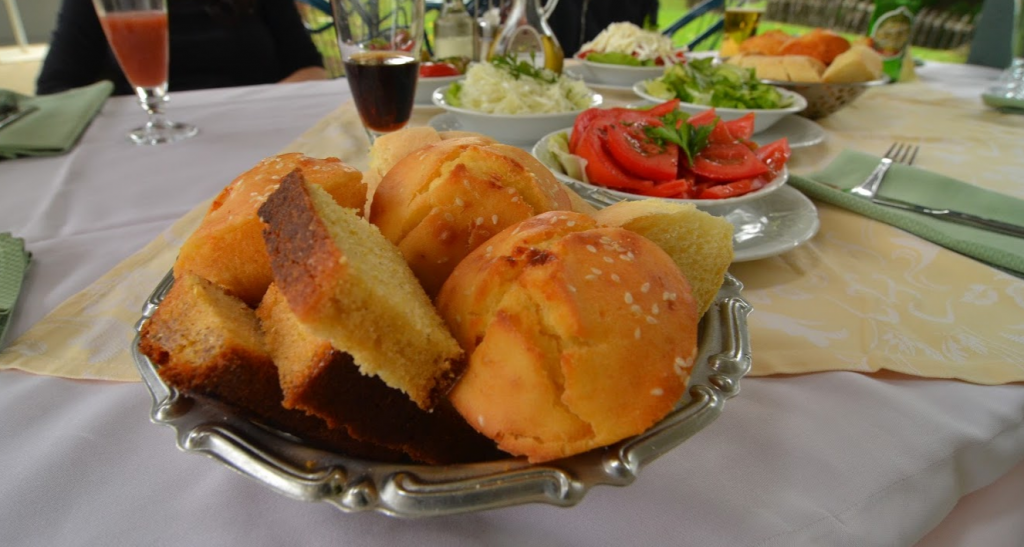
Homemade-style bread prepared in Montenegro is closest to what is known in Italy as pane casareccio. It is served with every meal. Includes; Ječmeni (barley bread), Ražani (rye bread), Pšenični (wheat bread), Rumetinov (corn bread)
Breakfast
Cicvara – stewed cornmeal with kaymak (salted and then compressed fresh cream) and čvarci (cracklings).
Gibanica with yoghurt or kisjelo mlijeko (buttermilk).
Popara and bread with kajmak
Pršut (most notable is Njeguški pršut)
Soups
Montenegrin language distinguishes between a clear soup (supa, pronounced [ˈsupə]), a thick soup or stew (čorba, pronounced [ˈtʃɔrbə]), and a porridge-style dish (kaša, pronounced [ˈkəʃə]). Soups are usually served as the first course of lunch at midday:
Kokošija supa (chicken broth)
Goveđa/Juneća/Teleća supa (beef/calf broth)
Jagnjeća supa (lamb broth)
Traditionally, after the broth is made, a handful of rice is added to the pot to make the soup more substantial. Nowadays, pasta took over as the preferred addition.
Čorba od koprive (nettle chowder)
Čorba od koprive sa sirom (nettle chowder with cheese)
Čobanska krem supa od vrganja (shepherd cream soup with mushrooms (boletus))
Otkos čorba (cut hay chowder)
Čorba od crnjaka (black onion chowder)
Ječmena kaša sa pečurkama (barley porridge with mushrooms)
Kaša sa pečurkama (mushroom porridge)
Kaša od rezanaca (noodle porridge)
Main course
Kuvani Brav (boiled lamb)
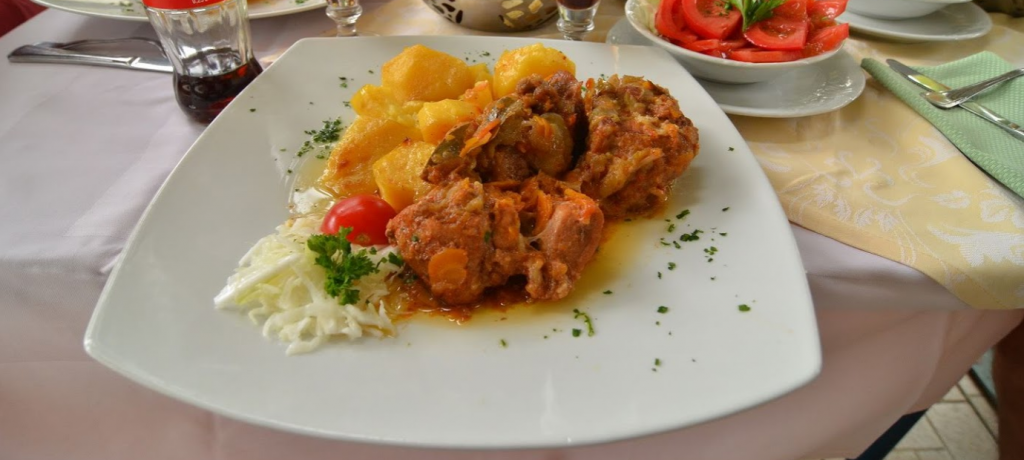
Brav u Mlijeku (lamb cooked in milk, a national dish of Albanians from Montenegro)
Kačamak (polenta with buttered potato and kaymak, served with cold milk, buttermilk or yoghurt)
Kuvana Krtola (boiled potato halves, served with cold yoghurt, cheese or fresh cream)
Ukljeva (smoked and dried bleak)
Krap (smoked and fresh carp, from Skadar lake)
Pastrva (fresh water trout)
Raštan (a slightly bitter, sturdy dark-green vegetable from the cabbage family, similar to Italian cavolo nero. It is deliciously cooked into a stew with smoked pork ribs or ham hocks)
Zelje u kokote na kastradinu (cooked headed cabbage with smoked and dried mutton)
Japraci (dolma made with raštan leaves, served with mashed potato)
Čorbast Pasulj (bean stew with smoked ribs and various types of salami and sausages. The style is quite similar to French cassoulet, fabada, and feijoada)
Maune (green bean stew)
Grašak (peas and beef stew)
Balšića tava (fried veal with an assortment of vegetables and dairy products)
Paštrovski makaruli (a type of homemade macaroni with olive oil and cheese from brine)
Seafood dishes include; Grilled or fried squid, Octopus salad, Black risotto (with cuttlefish), Tuna, Prawns and Mussels.
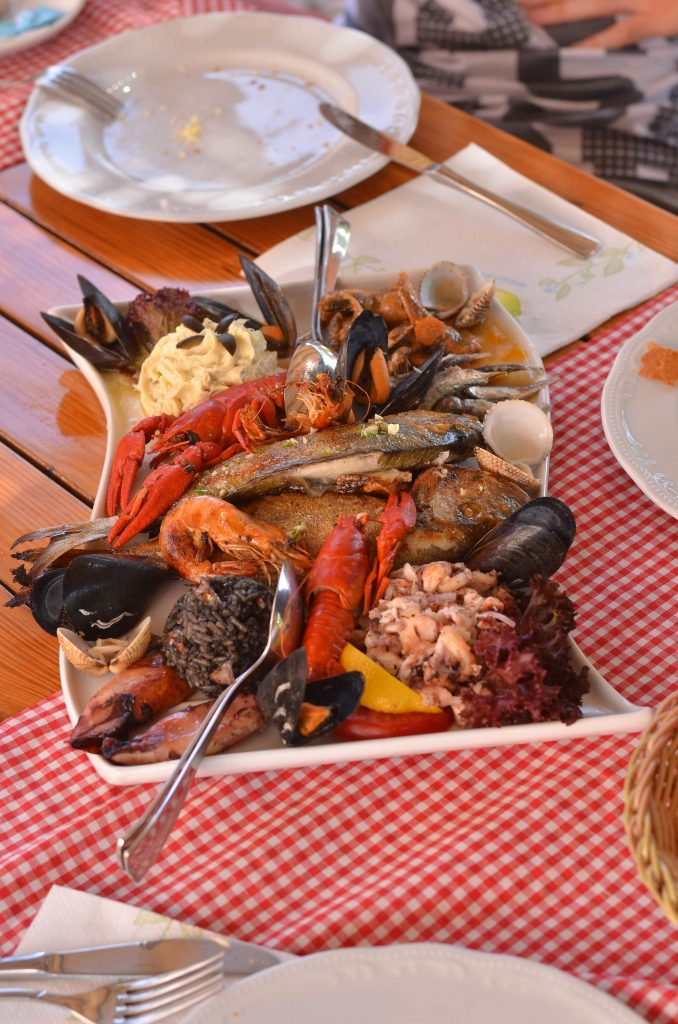



Salads
The most common salads served in Montenegrin homes:
Pamidora Salata (Tomato salad) – similar to Bruschetta topping: tomato, onion, olive oil, and rock sea salt.
Zelena Salata (Green salad) – spring lettuce and spring onion combination, with olive oil, salt, and vinegar dressing.
Ajvar (Fried or roasted capsicum relish)
Kisjelo Zelje (sauerkraut)
Barske masline – “Bar’s” homemade olives
Dessert
A piece of seasonal fruit is the most common way to end the meal. The proper sweets are usually served on their own, around tea-time or at any time coffee is served.
Priganice (fritters or flat doughnuts) served with honey, cheese, or jam.
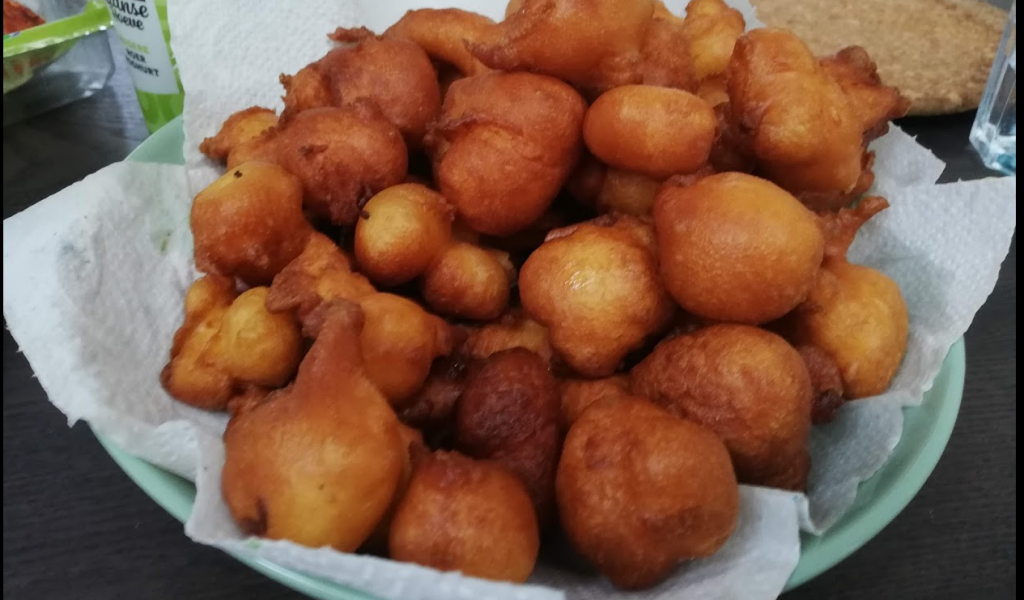
Sundried figs with walnuts and honey.
Sutlijaš (rice pudding)
Slatko od Dunja (quince relish)
Džem od Šljiva (plum jam)
Sok od Šipka (pomegranate syrup): homemade syrup made from wild pomegranates, that grow just about everywhere in the southern half of Montenegro, can be found in almost every home.
Jello – typically white and sticky in its consistency
Dairy products
Kisjelo mlijeko – buttermilk
Jogurt – yoghurt
Pavlaka (or Pavlaka) – homemade sour cream
Maslo – homemade butter
Cheese
Njeguški sir – special cheese, kept in oil.
Pljevaljski sir – salted old cheese of cow’s milk.
Skorup – salted cottage cream
Cijeli Sir- whole cheese, made from un-boiled milk.
Prljo – cheese made from skimmed milk.
Žetica – cheese made from un-boiled milk.
Buča – a kind of cheese made from un-boiled milk.
Pita
Sukača (gužvara) – a pastry or pie made through the process of “crowding”.
Koturača (wheel-like) (exclusively made from domestic wheat)
Pita izljevuša (Brkanica) – a pastry made by the process of “casting”.
Zeljanica (a pastry made with green herbs)
Heljdija
Add your comment or suggestion if you wish 🙂
Photos ©Slaven Fanfani moj.me
Text is partly taken from Wikipedia Montenegrin_cuisine


